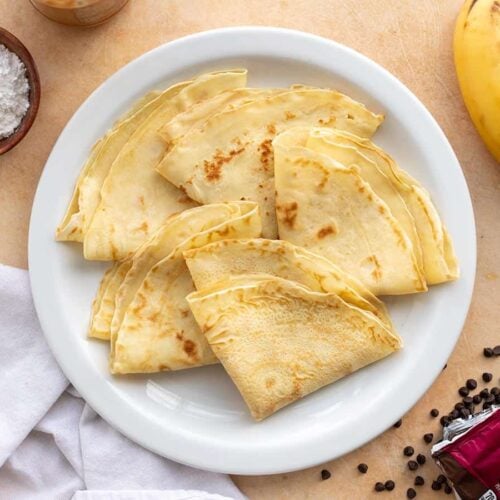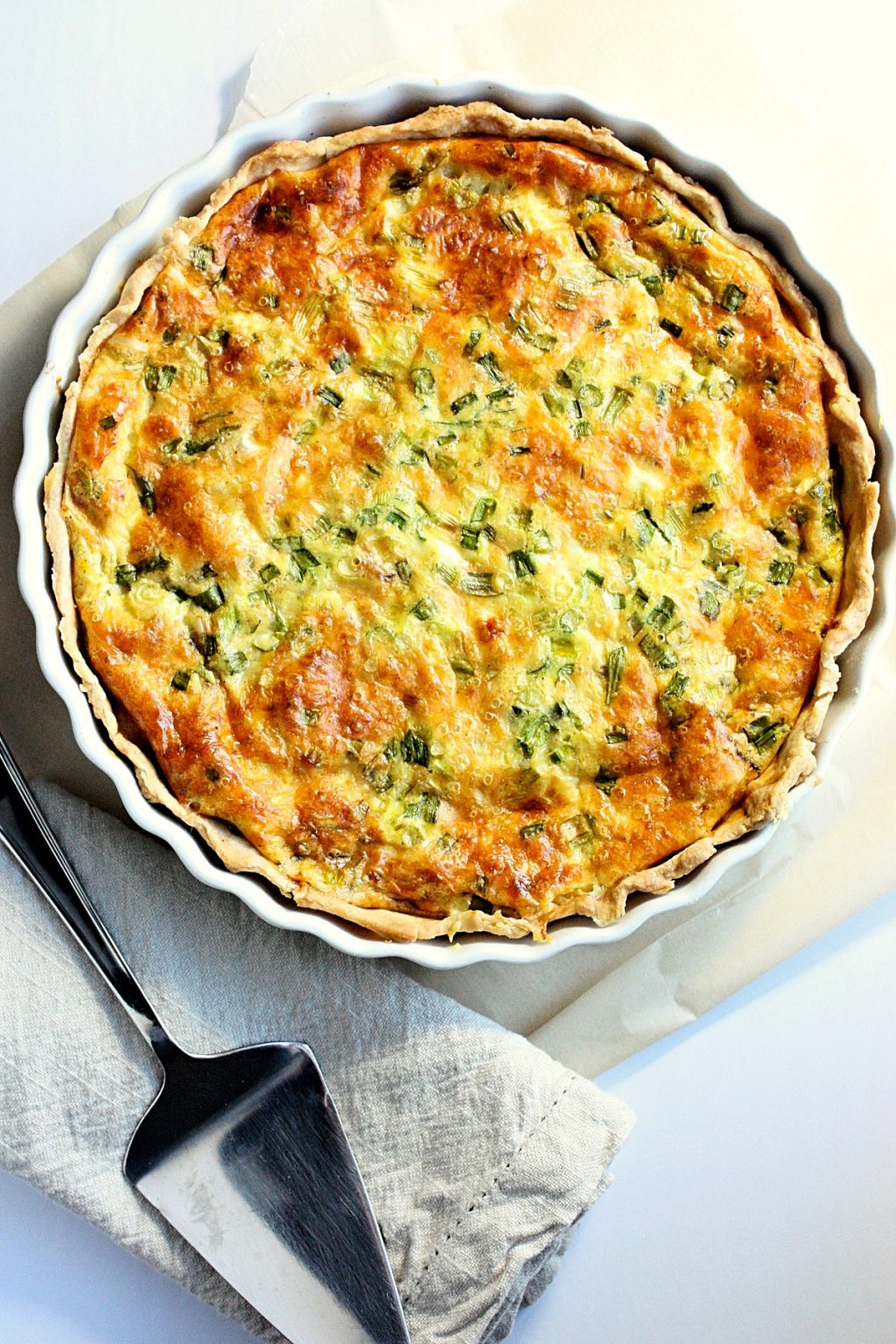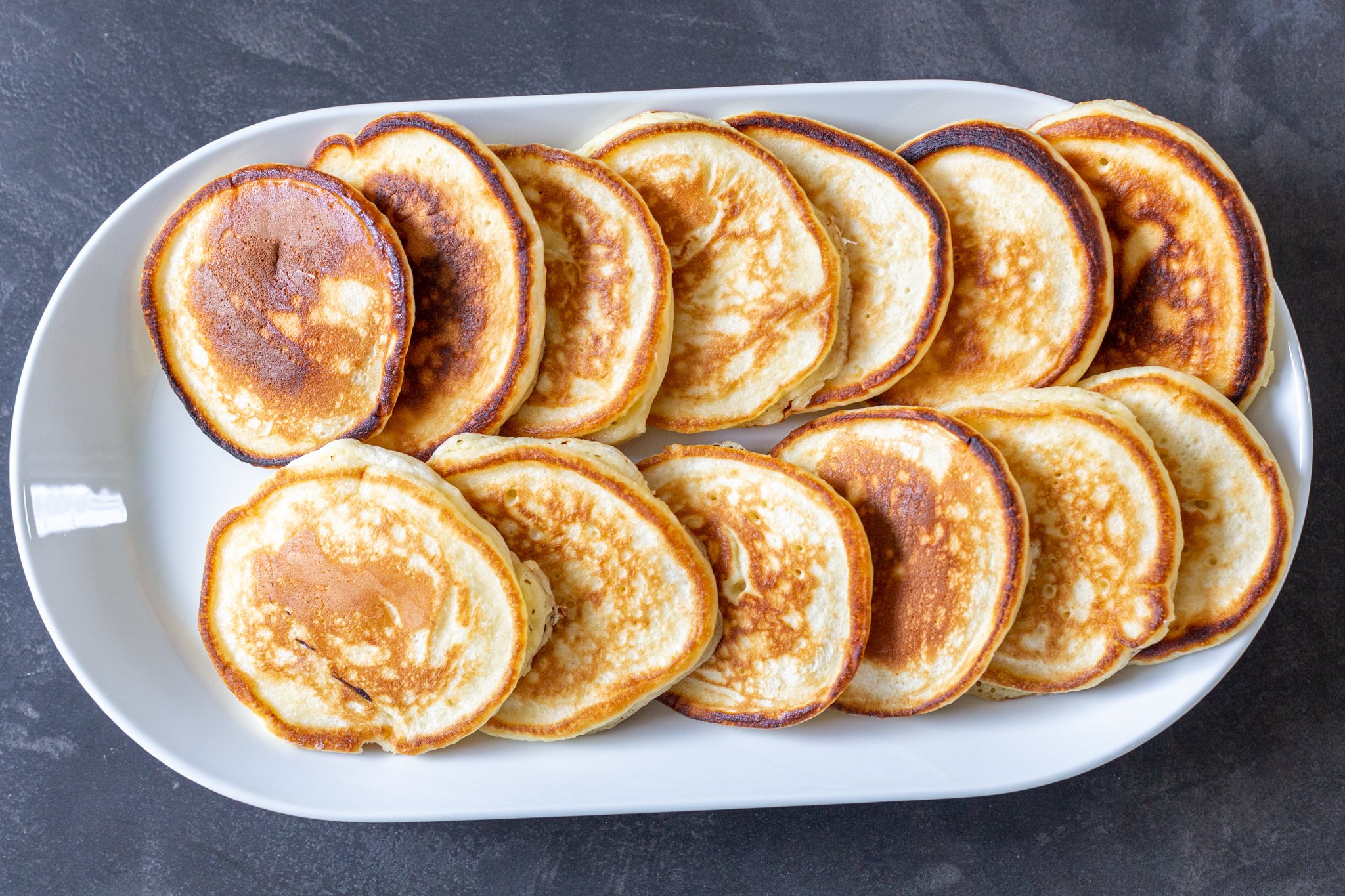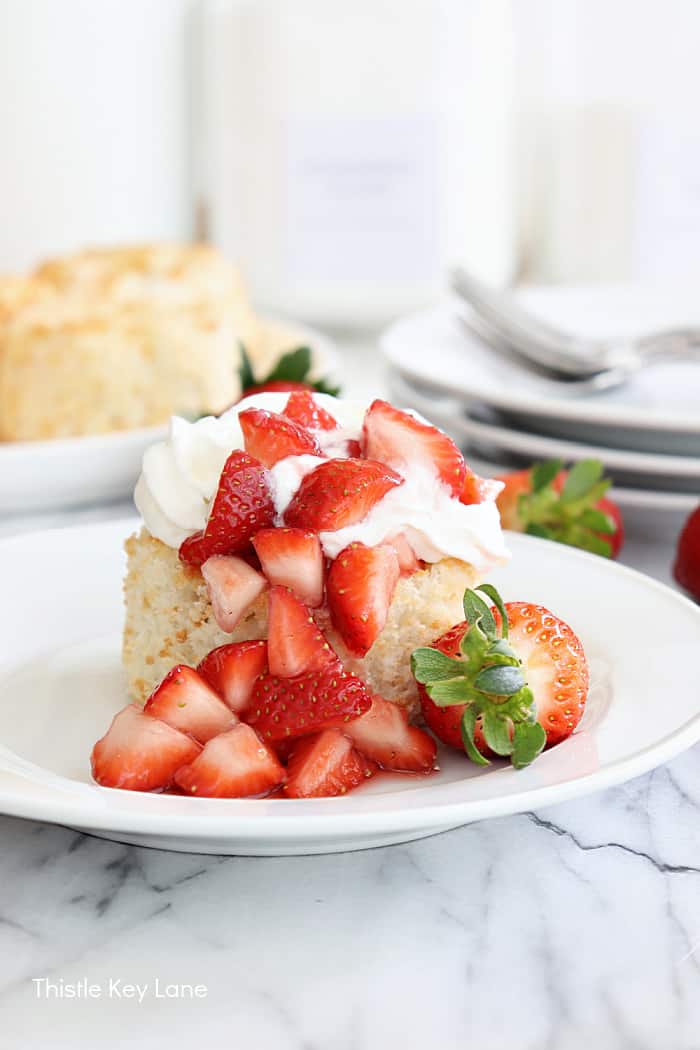Easy Crepes Recipe
Easy Crepes Recipe: A Culinary Delight from the Heart of France
Immerse yourself in the world of delicate, lacy French pancakes with our irresistible “Easy Crepes Recipe.” This culinary masterpiece has graced breakfast tables for centuries and continues to captivate hearts with its simplicity and versatility.
Origin and History of the Crepe
Crepes, originating in France’s picturesque countryside, have a rich and storied past. Dating back to the Middle Ages, these thin, unleavened pancakes were once a humble peasant food. Their popularity soared in the 19th century when street vendors in Paris began filling them with delectable ingredients, turning them into a beloved delicacy.
Personal Touch: Crepes with a Twist
I hold fond childhood memories of these golden-hued pancakes, eagerly watching my grandmother expertly twirling the pan to create the perfect circle. Her crepes always had a hint of cinnamon, a secret ingredient that transformed the classic into a magical treat.
Things to Expect in This Post
In this comprehensive guide, we’ll embark on a culinary adventure, exploring:
- Origin and history of the crepe
- Ingredients and precise measurements
- Detailed preparation steps with insider tips
- Nutritional value and health benefits
- Creative serving suggestions and variations
- Frequently asked questions and troubleshooting tips
Ingredients List:
- 1 1/4 cups (150 grams) all-purpose flour
- 2 large eggs
- 2 1/4 cups (530 milliliters) whole milk
- 2 tablespoons (30 grams) melted unsalted butter
- Salt to taste (about 1/4 teaspoon)
Preparation Steps:
- Whisk Dry Ingredients: In a large bowl, whisk together the flour and salt.
- Beat Eggs: In a separate bowl, whisk the eggs until frothy.
- Add Liquids: Gradually add the milk to the eggs, whisking constantly.
- Combine Mixtures: Pour the wet ingredients into the dry ingredients and whisk until smooth.
- Add Butter: Stir in the melted butter until combined.
- Rest Batter: Allow the batter to rest for at least 30 minutes, or up to 24 hours, to develop its gluten.
- Heat Pan: Heat a non-stick skillet or crepe pan over medium heat. Grease the pan lightly.
- Pour Batter: Pour about 1/4 cup of batter into the center of the pan and quickly tilt the pan to spread it evenly into a thin circle.
- Cook: Cook for about 1 minute, or until the edges of the crepe begin to curl and the top is dry.
- Flip and Cook: Carefully flip the crepe and cook for an additional 30 seconds to 1 minute, or until golden brown.
- Remove from Pan: Transfer the cooked crepe to a plate.
Cooking Time & Servings:
- Cooking Time: Approximately 5 minutes per crepe
- Servings: Yields 10-12 crepes
Nutritional Information:
Per serving (1 crepe):
- Calories: 100-120
- Carbohydrates: 15-18 grams
- Protein: 5-7 grams
- Fat: 3-4 grams
- Fiber: 1-2 grams
Health Conditions and People to Avoid This:
- Celiac Disease or Gluten Intolerance: Individuals with celiac disease or gluten intolerance should avoid this recipe, as it contains wheat flour.
- Dairy Allergy or Lactose Intolerance: Those with dairy allergies or lactose intolerance can substitute almond milk or non-dairy milk in place of whole milk.
- Egg Allergy: This recipe contains eggs and is not suitable for individuals with egg allergies.
Nutrition and Benefits to the Body:
- Carbohydrates: Crepes provide carbohydrates, the body’s primary energy source.
- Protein: Eggs, a main ingredient in crepes, are a rich source of high-quality protein.
- Fiber: The fiber in whole wheat flour supports digestive health.
Disadvantages:
- High in Calories: Crepes can be high in calories, especially if they are filled with calorie-dense fillings. Eating moderately is perfectly fine, but acquiring excess of this nutrients is harmful.
- Gluten: Crepes made with wheat flour contain gluten, a protein that can cause digestive issues in individuals with celiac disease or gluten intolerance. Eating moderately is perfectly fine, but acquiring excess of this nutrients is harmful.
- Eggs: Some individuals may be allergic to eggs. Eating moderately is perfectly fine, but acquiring excess of this nutrients is harmful.
Tips and Tricks:
- Perfect Pan: Use a non-stick skillet or dedicated crepe pan for best results.
- Even Batter: Whisk the batter thoroughly to ensure a smooth and even consistency.
- Thin Pour: Pour a thin layer of batter into the pan to create delicate crepes.
- Patience: Flip the crepe only when the edges begin to curl and the top is dry.
- Filling Options: Experiment with various fillings, such as sweet fruit, savory vegetables, or melted cheese.
- Gluten-Free Option: Substitute gluten-free flour for a gluten-free alternative.
Equipment Needed:
- Measuring cups and spoons
- Mixing bowls
- Whisk
- Non-stick skillet or crepe pan
- Spatula or turner
Variations or Substitutions:
- Sweet Crepes: Add 1-2 tablespoons of sugar to the batter for sweet crepes.
- Chocolate Crepes: Add 1/2 cup of cocoa powder to the batter for chocolate crepes.
- Dairy-Free Option: Use almond milk or non-dairy milk in place of whole milk.
- Whole Wheat Crepes: Use whole wheat flour for a healthier option.
Serving Suggestions:
- Sweet Crepes: Serve sweet crepes with fresh fruit, whipped cream, or fruit compote.
- Savory Crepes: Fill savory crepes with cheese, vegetables, or meats.
Storage and Reheating Instructions:
- Storage: Store crepes in an airtight container. Non-filled crepes can be refrigerated for up to 2-3 days or frozen for up to 2 months.
- Reheating: Reheat crepes in a skillet over low heat or in the microwave.
Conclusion:
Indulge in the timeless charm of crepes, a versatile culinary canvas that invites you to explore flavors and create memories with every bite. Share your favorite crepe creations on social media, ask questions, and let us know if you have any tips to add.
Frequently Asked Question:
Q: What kind of pan should I use for crepes?
A: A non-stick skillet or dedicated crepe pan is ideal for creating thin and even crepes.
Q: Can I make crepes ahead of time?
A: Yes, non-filled crepes can be made ahead of time and refrigerated for up to 2-3 days or frozen for up to 2 months.
Q: What are some popular crepe fillings?
A: Popular crepe fillings include sweet options like fruit, whipped cream, or chocolate spread, and savory options like cheese, ham, or vegetables.
Q: How can I make gluten-free crepes?
A: Substitute wheat flour in the recipe with gluten-free flour.
Q: Can I use dairy-free milk in crepes?
A: Yes, you can use almond milk or other non-dairy milk in place of whole milk.















